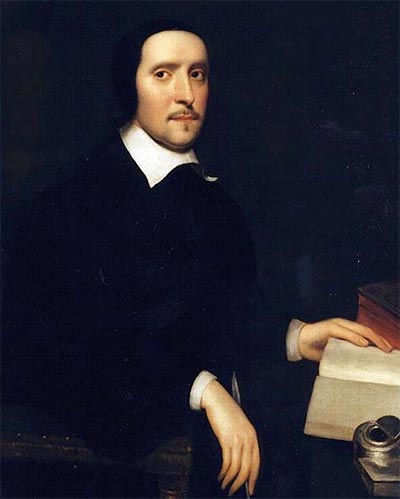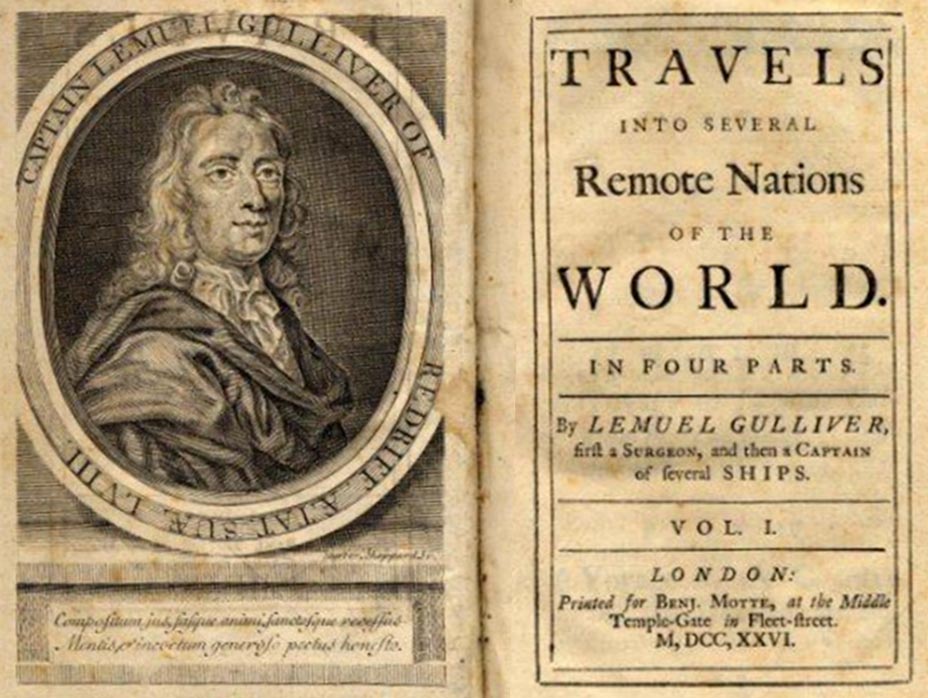The century between the Dissolution of the Monasteries (1536-42) and the Restoration of the Monarchy under King Charles II (1660) was a tumultuous period in Irish history. Kenneth Milne writes about the years leading up to this period – ‘undoubtedly, the church held a highly honoured place in feudal society; but popes, emperors and kings did not always agree as to what that place was.’
The disagreement that famously arose between King Henry VIII and the Pope, about whether and how often a monarch could divorce and re-marry, happened to coincide with the Reformation sweeping Europe, with the combined effect that the King became Supreme Head of the established Church in both England and Ireland.
In effect, Henry’s reformed church bore a striking resemblance to the pre-Reformation church, being described as 'Catholicism without the Pope’. In general, the King did not dismiss or depose bishops (as few refused to take the Oath of Supremacy); but only appointed successors when vacancies occurred. Meanwhile, the pope continued to appoint ‘titular’ bishops (i.e. in name only) which led to some confusion as to who was actually in control of the church! The notoriously wayward Bishop Miler McGrath was named by the Pope as Bishop of Down; and it is said that he appointed his 5 sons as vicars to 27 out of the 30 parishes in that diocese – surely a recipe for chaos!
The introduction, during the reign of Edward VI, of the new Book of Common Prayer (1552) did not gain widespread support in Ireland – a Prayer Book in English being of little benefit to a people who spoke Irish.
Yet, gradually, the Reformation took effect in Ireland – especially due to the influence of Scottish Presbyterian settlers being assimilated into the established Church of Ireland. It was this melting pot of influences which gave to the Church of Ireland the distinctive characteristics, which continue to this day, of being both Catholic and Reformed.
The decline of the Abbeys between 1542 and 1572, meant that vicars from Bangor and Moville were no longer provided to Aghalee or other parishes.
Instead, clergy were appointed by the bishop but, amidst the chaos of those years, clergy – even bishops - were in short supply. Parishes were frequently without clergy; clergy often held several parishes and were not always present in those parishes; and church buildings fell into disrepair.
With the one notable exception of Donatus Magyd (circa1492) no clergy are listed for any of our four parishes earlier than 1617; but then we begin to get a flavour of the fluid nature of those times.
Thomas Piers appears as vicar of Magherameske between 1617-1622 (he is also in Derriaghy, Lambeg and Ballinderry) and later in Aghagallon in 1634. In 1622 John Wilkinson appears as vicar of Aghagallon and Magherameske (also Magheragall and Ballinderry). In 1623, Meredith Gwillim is listed as vicar of Magherameske, Magheragall, Ballinderry and Glenavy – and still in Magherameske by 1634.
In his ‘Brief History of Aghalee Parish’, Rev S.J. Brennan book, apparently following Archdeacon Atkinson’s history, lists a William Stronge as vicar of Aghalee in 1634. However, William Stronge is not mentioned in any other reference unless he may be the William Strange who appears as vicar of Annahilt at the same time.
The situation became even more fractious during the Commonwealth era (1649-1660) when a Puritan form of religion was imposed on the Established Church – which meant no bishops, no Prayer Book, no decorations (e.g. stained-glass), and definitely no parties! Anglican clergy were replaced by Puritan ministers; and a John Dunbar appears to have been appointed as Commonwealth Minister in this area. He is listed as curate of Aghalee and Aghagallon (1658), Ballinderry, Glenavy and Crumlin (1660) and Magherameske (1661); he is also mentioned as vicar of Maghera (1640-54) and Commonwealth Minister of Ballintemple and Drumlummon (Kilmore diocese, Co. Cavan).
We get the sense that there was virtually no continuity or regularity in church life during this period. Clergy came and more often went, and parishes were rarely grouped together in the same way for any prolonged period.

Nevertheless, following the restoration of the monarchy under King Charles II (1660), the the established church was also gradually restored – under the leadership in this diocese of Bishop Jeremy Taylor.
In 1668, Bishop Taylor appointed Lemuel Matthews as vicar of Aghalee; he had been the Bishop’s Chaplain since 1661 and vicar of Glenavy since 1666. He was made Archdeacon of Down in 1674, but later deprived of the Archdeaconry for neglect of duty in 1694. For the next decade, he appealed this judgement and was eventually vindicated the year before his death in 1705.
Rev Lemuel Matthews was also a good friend of Dean Jonathan Swift. It is said that Swift borrowed his friend’s name for the main character of his most famous work, ‘Gulliver’s Travels’ – Gulliver’s first name is Lemuel.

When Rev Lemuel Matthews arrived in this parish, the time was ripe for the building of a new church to replace the older churches which had all fallen into disuse. Oliver Cromwell is often blamed for the destruction of churches and may, as has been claimed, have done some damage to at least two of our churches. However, it is recorded as early as 1622 (more than 20 years before Cromwell) that Aghagallon and Magheramesk had already fallen into a ruinous state, and its unlikely that Aghalee or Maghernagaw fared any better.
Before moving on, we should note that from this point (circa 1667), Aghalee was grouped with Aghagallon and Magherameske much more consistently. However, it would be 1834 before the parish could realistically be spoken of as one single unit.
